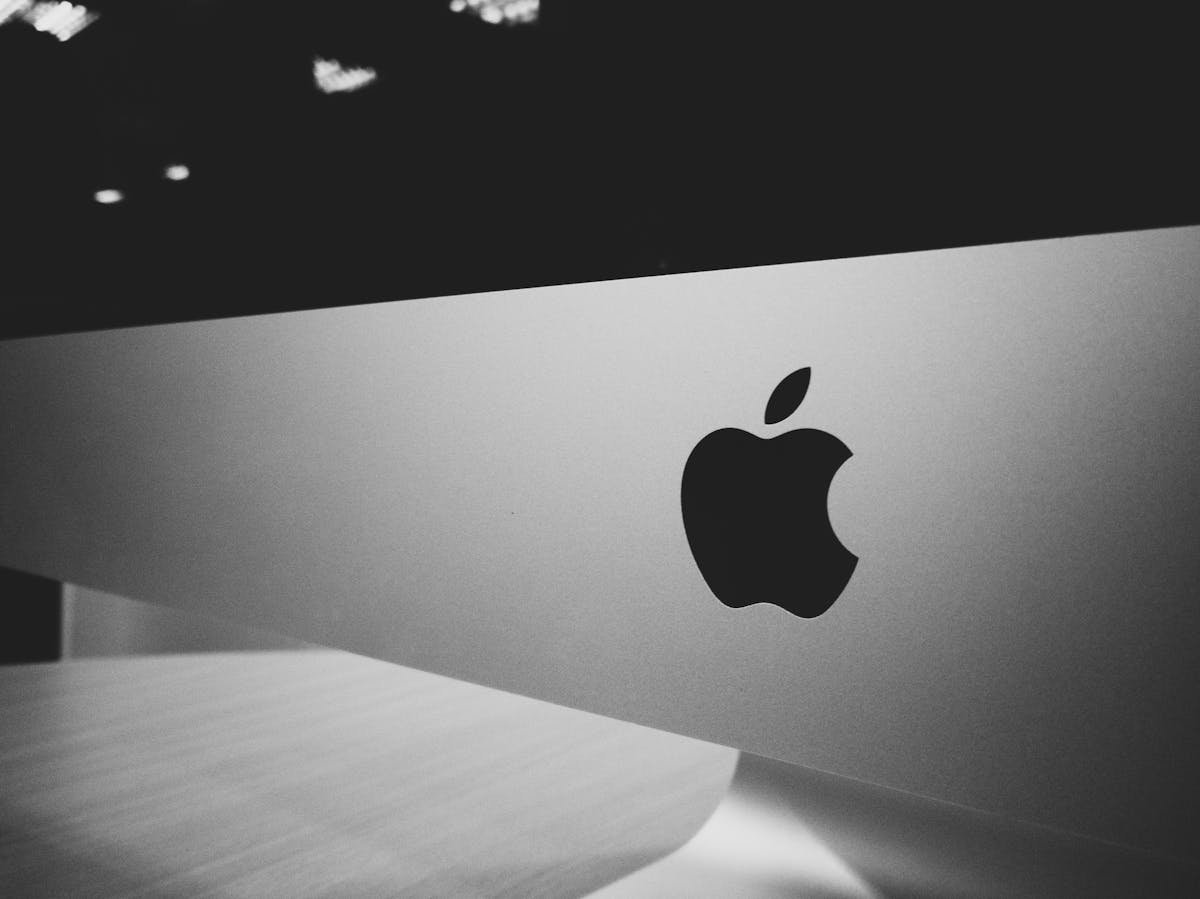
The key difference between trademarks and copyrights lies in what they protect and how they are used. Here’s a comparison:
1. Purpose
- Trademark: Protects brand elements that identify and distinguish a business’s goods or services, such as a name, logo, slogan, or unique packaging (trade dress). Its primary aim is to prevent consumer confusion.
- Copyright: Protects original works of authorship, such as books, music, films, art, software, and other creative or intellectual creations. Its primary aim is to safeguard the creator’s rights over their work.
2. What It Protects
- Trademark:
- Brand names (e.g., Nike)
- Logos (e.g., the Nike swoosh)
- Taglines or slogans (e.g., “Just Do It”)
- Distinctive product packaging (e.g., Coca-Cola bottle design)
- Copyright:
- Literary works (e.g., novels, poetry)
- Music and lyrics
- Visual art (e.g., paintings, photographs, graphic designs)
- Movies, TV shows, and video content
- Software code
- Architectural designs
3. Duration of Protection
- Trademark: Potentially lasts indefinitely as long as it is used in commerce and properly maintained (e.g., renewing registrations and paying fees).
- Copyright: Lasts for a specific period, usually the creator’s lifetime plus 70 years (in most jurisdictions). For works created by companies, the duration is often 95 years from publication or 120 years from creation, whichever is shorter.
4. Registration
- Trademark:
- Requires application and registration through a trademark office (e.g., USPTO in the U.S.).
- Protection is limited to the categories of goods or services for which it is registered.
- Copyright:
- Automatically exists upon the creation of an original work fixed in a tangible medium.
- Registration with a copyright office (e.g., U.S. Copyright Office) is optional but provides stronger legal protection in disputes.
5. Enforcement
- Trademark:
- Focuses on preventing consumer confusion about the source of goods or services.
- Protects against infringement, such as another company using a similar name or logo in the same market.
- Copyright:
- Focuses on protecting the creator’s right to reproduce, distribute, perform, or display their work.
- Protects against unauthorized copying, adaptation, or distribution of the work.
6. Examples
- Trademark:
- Apple (company name), McDonald’s (golden arches logo)
- Copyright:
- The design of an Apple advertisement, the script for a McDonald’s commercial, or a McDonald’s jingle.
7. Symbols
- Trademark: ™ (for unregistered trademarks), ® (for registered trademarks).
- Copyright: ©.
In short:
- Trademarks are about branding and consumer recognition.
- Copyrights are about creative expression and intellectual ownership
